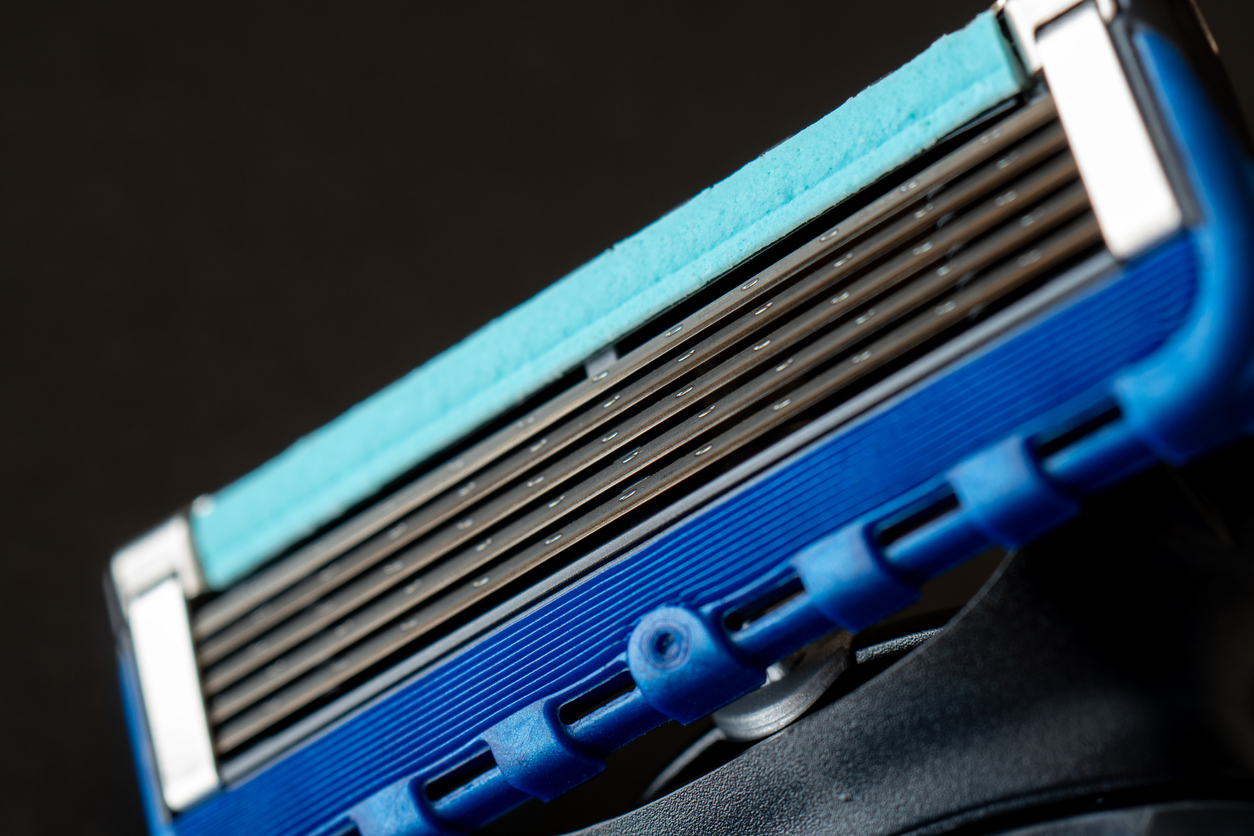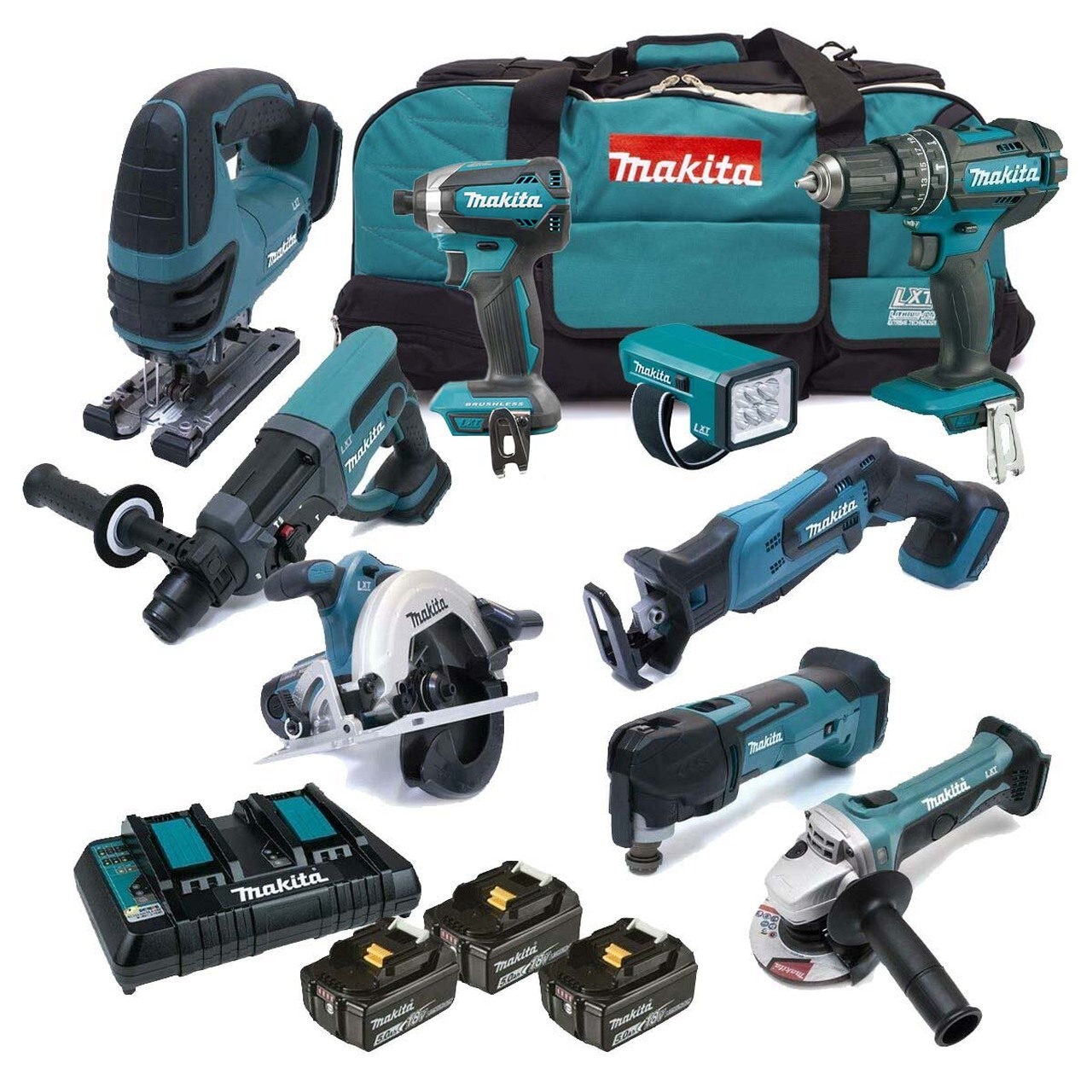03 May 2022
Cascading demand pricing is a product-mix and pricing strategy where the sale of an initial product locks in an on-going stream of future sales.
The main feature of cascading demand pricing is that the initial price for the starter kit is highly attractive sometimes even sold at or below cost.
Two classic examples of cascading demand pricing are ink jet printers, where the printer is sold at a very attractive price, however the ink cartridges needed to make the printer work are sold at high margin prices. Similarly, Razor blade manufacturers sell an initial razor blade handle and blade cassettes "starter kit" at an attractive price which then locks the consumer in to only being able to buy compatible blade cassettes into the future.
For the manufacturer, the cascading demand pricing model is the gift that keeps on giving.
Cascading demand with a consumables revenue stream
Ink jet printers and shaving handles are examples of a cascading demand strategy that locks the consumer into buying consumables.

Cascading demand with a features or accessory revenue stream
Software systems are typical examples of products that may offer the initial base version of the software at an attractive price, however additional modules or features that provide commonly required added functionality must be purchased from the same vendor.
Similarly with cameras. A consumer purchasing a camera finds that different focal length lenses, flashes, motor-drives and other accessories must be purchased from the same manufacturer.

Power tool manufacturers are now offering so-called "one battery" systems. The same battery and charger powers many devices in the power tool range. This provides several benefits.... * An initial starter kit consisting of a single tool (typically a drill) paired with a battery pack and charger can be offered at an attractive price. Thereafter, the consumer can purchase other power tools at a considerable cost reduction (but still high margin) because they share the same battery and charger from the starter kit. * This then locks the consumer into that manufacturer's power tool range. * Invariably, a consumer who has a number of power tools in the same range buys further battery packs for convenience. These are at a considerable price premium, often priced at not much less than the starter kit.
Cascading demand with a spare parts revenue stream
Many electronic consumer items (mobile phones, music players, laptops etc.) require a separate power supply to power and/or charge the device. If you lose the power supply you often find that the plug fitting needed is proprietary and the replacement can only be bought from the same manufacturer. Worse, the charger from the previous model of the same device isn't compatible.
Replacement chargers that are proprietary (only fit one device) are typically sold at very high margins. This strategy has been a source of considerable annoyance for consumers (particularly for laptops and mobile phones) and manufacturers are now trending toward using universal charging systems.
Other pricing strategies:
Cost Plus Pricing
Price skimming
Penetration Pricing
Premium Pricing
Price Bundling
Discriminatory Pricing
Yield Pricing
Pricing strategy overview:
Pricing Strategy
